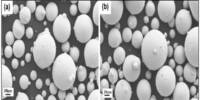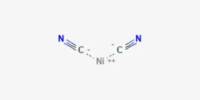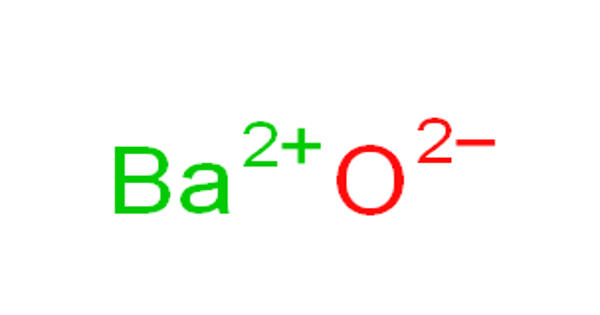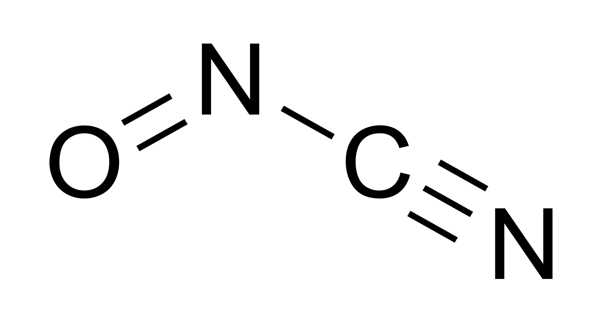Dye pollutants refer to chemicals used in the process of dyeing textiles, which can have negative environmental impacts if they are not properly treated and disposed of. These chemicals can include heavy metals, organic compounds, and other harmful substances.
Researchers at Chalmers University of Technology, Sweden, have developed a new method that can easily purify contaminated water using a cellulose-based material. This finding may have ramifications for nations with inadequate water treatment systems and help address the pervasive issue of harmful dye discharge from the textile industry.
Although essential for our health and the environment in which we live, access to clean water is not a given for everyone. According to the World Health Organization, WHO, there are currently over two billion people living with limited or no access to clean water.
A research team at Chalmers University of Technology has created a technique to quickly remove pollutants from water with this worldwide issue at its core. The group, led by Gunnar Westman, Associate Professor of Organic Chemistry focuses on new uses for cellulose and wood-based products and is part of the Wallenberg Wood Science Center.
The knowledge that scientists have amassed regarding cellulose nanocrystals is crucial for the filtration of water. The researchers have now discovered a way to make use of the exceptional adsorption ability that these small nanoparticles possess.
“We have taken a unique holistic approach to these cellulose nanocrystals, examining their properties and potential applications. We have now created a biobased material, a form of cellulose powder with excellent purification properties that we can adapt and modify depending on the types of pollutants to be removed,” says Gunnar Westman.
Imagine a simple purification system, like a portable box connected to the sewage pipe. As the contaminated water passes through the cellulose powder filter, the pollutants are absorbed and the sunlight entering the treatment system causes them to break down quickly and efficiently. It is a cost-effective and simple system to set up and use, and we see that it could be of great benefit in countries that currently have poor or non-existent water treatment.
Professor Gunnar Westman
Absorbs and breaks down toxins
In a study recently published in the academic journal Industrial & Engineering Chemistry Research, the researchers demonstrate how the technique and substance they developed can be used to filter harmful colors from wastewater. The research was conducted in collaboration with the Malaviya National Institute of Technology Jaipur in India, where dye pollutants in textile industry wastewater are a widespread problem.
The treatment requires neither pressure nor heat and uses sunlight to catalyze the process. Gunnar Westman likens the method to pouring raspberry juice into a glass with grains of rice, which soak up the juice to make the water transparent again.
“Imagine a simple purification system, like a portable box connected to the sewage pipe. As the contaminated water passes through the cellulose powder filter, the pollutants are absorbed and the sunlight entering the treatment system causes them to break down quickly and efficiently. It is a cost-effective and simple system to set up and use, and we see that it could be of great benefit in countries that currently have poor or non-existent water treatment,” he says.
The method will be tested in India
India, a rising nation in Asia with a big textile industry, releases a lot of colors into lakes, rivers, and streams every year. The consequences for humans and the environment are serious.
Dyes and heavy metals are present in water contaminants, which can harm skin through direct touch and raise the risk of cancer and organ damage when they get into the food chain. Additionally, photosynthesis and plant growth are both hampered, among other aspects of nature’s impact.
The next stage is to conduct field studies in India, and the Chalmers researchers are now assisting their Indian counterparts in their efforts to convince some of the nation’s small-scale enterprises to put the approach to the test in practice.
The new process in laboratory testing using industrial water has so far eliminated more than 80% of the dye contaminants, and Gunnar Westman believes there are good chances to further boost the level of purification.
“Going from discharging completely untreated water to removing 80% of the pollutants is a huge improvement, and means significantly less destruction of nature and harm to humans. In addition, by optimizing the pH and treatment time, we see an opportunity to further improve the process so that we can produce both irrigation and drinking water. It would be fantastic if we can help these industries to get a water treatment system that works, so that people in the surrounding area can use the water without risking their health,” he says.
Can be used against other types of pollutants
Gunnar Westman also sees great opportunities to use cellulose nanocrystals for the treatment of other water pollutants than dyes. The research team has previously demonstrated that harmful hexavalent chromium contaminants, which are frequently found in wastewater from the mining, leather, and metal sectors, can be effectively eliminated with a similar sort of cellulose-based material. The research team is also looking into how the field of study can aid in the removal of antibiotic residues.
“There is great potential to find good water purification opportunities with this material, and in addition to the basic knowledge we have built up at Chalmers, an important key to success is the collective expertise available at the Wallenberg Wood Science Center,” he says.
















